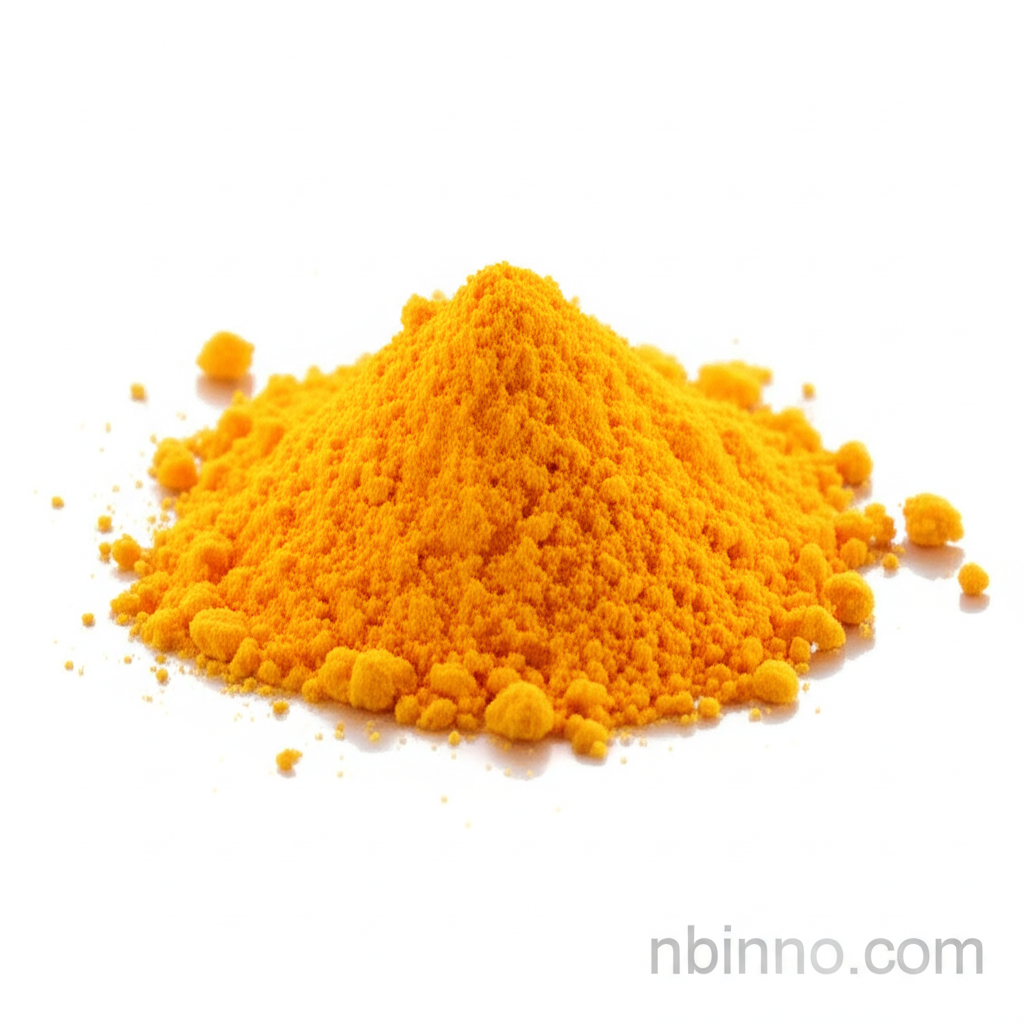4-Fluoro-3-nitroaniline: Properties, Applications, and Its Role as a Hair Dye Intermediate
Explore the essential chemical compound powering vibrant hair colors and advanced synthesis.
Get a Quote & SampleProduct Core Value

4-Fluoro-3-nitroaniline
A vital organic compound recognized for its crucial role as an intermediate in the creation of commercial hair dyes and other specialized applications. Its well-defined properties ensure reliable performance in complex chemical processes.
- Leverage the high purity (≥99.0%) of 4-fluoro-3-nitroaniline for consistent synthesis results in your hair dye formulations.
- Investigate the diverse applications of 4-fluoro-3-nitroaniline in organic synthesis, where its unique structure serves as a valuable building block.
- Understand the detailed 4-fluoro-3-nitroaniline properties, including its melting point and boiling point, to optimize its use in pharmaceutical intermediates.
- Source CAS 364-76-1 chemical intermediates with confidence, knowing their reliability for agrochemical development.
Key Advantages
Exceptional Purity
Achieve superior results in your chemical syntheses, whether for hair dye intermediates or pharmaceutical applications, by utilizing the high purity of 4-fluoro-3-nitroaniline.
Versatile Applications
Benefit from the compound's utility across multiple sectors, including cosmetics, pharmaceuticals, and agrochemicals, making it a valuable asset for diverse manufacturing needs.
Reliable Synthesis
The well-documented 4-fluoro-3-nitroaniline properties ensure predictable reactivity and stability, simplifying complex organic synthesis processes for manufacturers.
Key Applications
Hair Dye Manufacturing
As a critical 4-fluoro-3-nitroaniline hair dye intermediate, it is essential for creating vibrant and lasting colors in cosmetic products.
Organic Synthesis
The compound serves as a fundamental component in various organic synthesis pathways, enabling the creation of complex molecules.
Pharmaceutical Industry
Utilized as a pharmaceutical intermediate, it contributes to the development of active pharmaceutical ingredients and drug candidates.
Agrochemical Sector
Its role extends to the agrochemical industry, where it acts as a precursor for developing advanced crop protection solutions.
